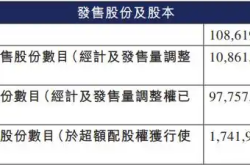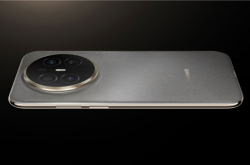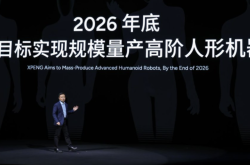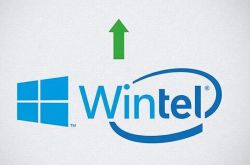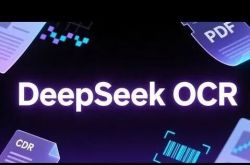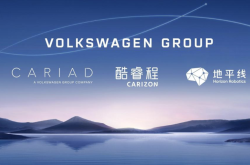Can Tesla's Robotaxi Sustain the Momentum of Model Y?
![]() 06/25 2025
06/25 2025
![]() 614
614
June 22nd - Tesla has officially launched its paid Robotaxi service in Austin, Texas, adhering to its schedule without fanfare.
Unlike previous Tesla events, the inaugural paid Robotaxi operation did not involve a grandiose launch ceremony or numerous official announcements. Instead, Tesla primarily relied on word-of-mouth and media reports prior to the service's debut.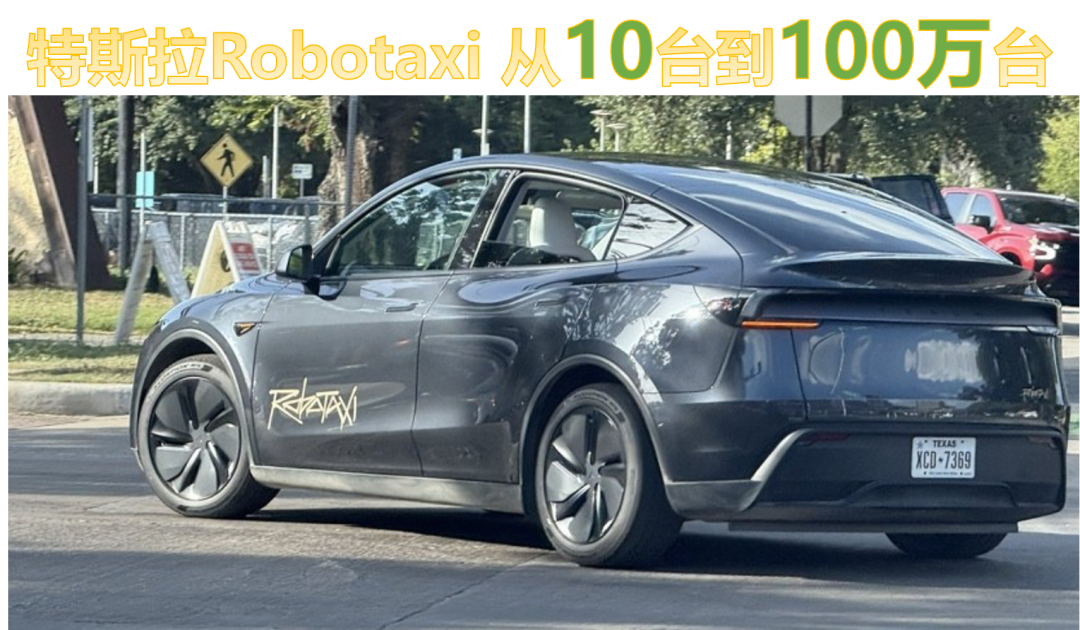
Nevertheless, Tesla's first paid Robotaxi operation has stirred up considerable buzz within the automotive industry, both domestically and internationally, prompting speculation about whether it can continue the success story of Model Y.
This is due to Musk's public ambition to perfect the software within a year and deploy it over-the-air (OTA) to millions of Tesla vehicles.
1. Highlights of Tesla's First Paid Robotaxi Operation
Numerous social media influencers have shared videos of their maiden rides. This event marks the first time Tesla's self-driving cars have transported paying passengers, a venture that Musk believes is pivotal to Tesla's future. The Tesla Robotaxis operating in Austin are Model Y SUV production vehicles equipped with the company's latest, presumably pre-production version of FSD self-driving software and hardware.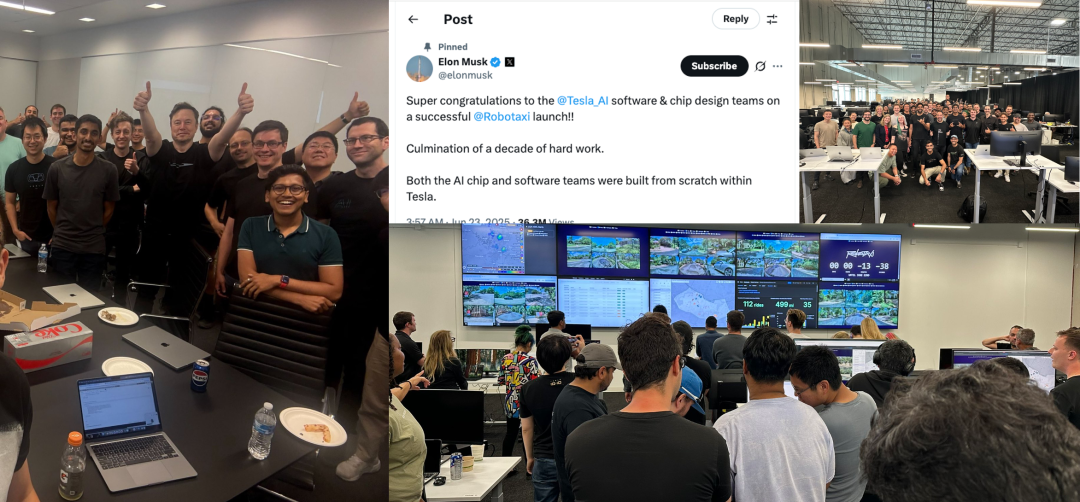
Tesla's pilot autonomous taxi service fleet in Austin comprises fewer than twenty vehicles, each with a safety driver in the front passenger seat. According to official Tesla images, remote monitoring and takeover control systems are also in place. The fixed fare for the initial batch of passengers is $4.20 per trip, but long-term pricing remains unclear.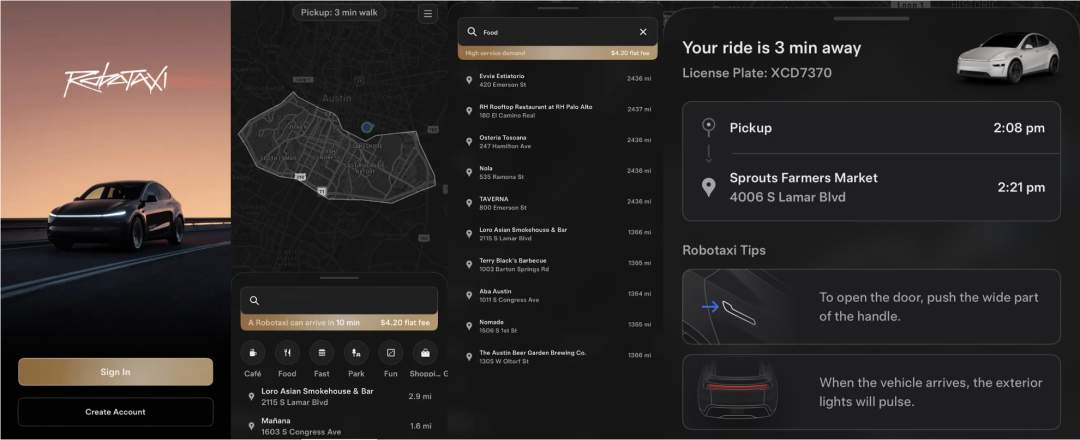
According to the terms of use shared by some early passengers, Tesla Robotaxi services are available within a designated urban area (illustrated below, excluding the airport) from 6 am to midnight daily. Service may be limited or unavailable during adverse weather conditions.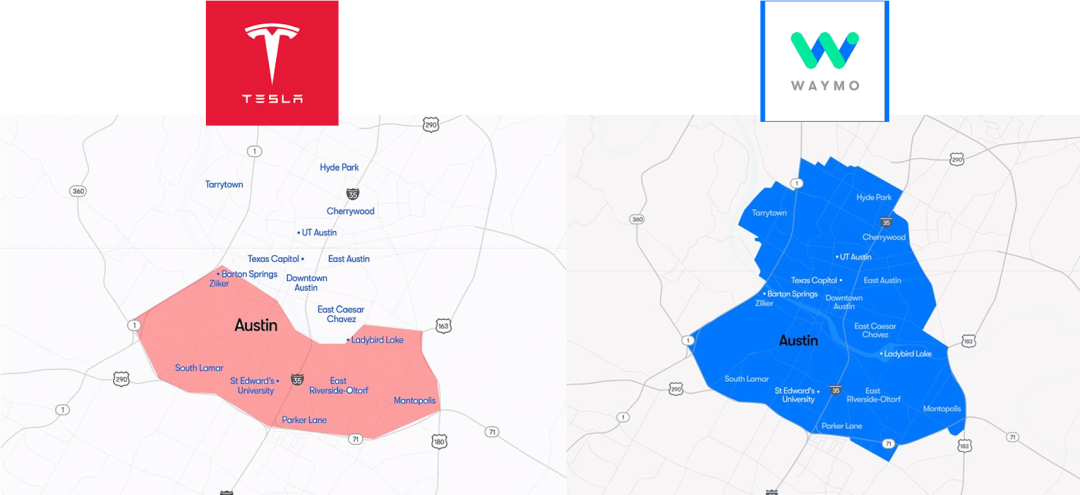
On the first day, the service was exclusive to invited users who agreed to Tesla's "Early Rider Program" terms. Most of these invited users were Tesla product and stock advocates, influencers, and ardent Musk fans.
2. Analyst Insights and Influencer Praise Amidst Competition with Waymo
Dan Ives, an analyst at Wedbush Securities, rode in a Tesla Robotaxi on the first day of operations and remarked that the user experience was "better than expected." He rated Tesla as "outperform" and anticipated Tesla's autonomous taxis to compete with Waymo from the outset.
Indeed, Tesla's stock price surged 8.2% on Monday following the service's debut. Influencers also took to social media to praise the experience:
In one video, Herbert Ong, who runs a fan account, marveled at the car's speed and automatic parking capabilities.
Another influencer on platform X described the journey as "smoother than a human driver."
Sawyer Merritt, a Tesla investor who runs a company-focused account, called the experience "awesome."
3. Safety Concerns and Federal Safety Regulatory Investigations
However, many noted that videos of Tesla Robotaxi rides posted by participants on social media platform X last Sunday were mostly unremarkable, showing the Model Y SUV driving short distances, navigating intersections, avoiding pedestrians, and parking - all without anyone in the driver's seat.
Minor issues also surfaced in the videos:
For instance, one streamer attempted to press a button to make the vehicle pull over, but the vehicle briefly stopped in the middle of the road before resuming movement.
Another video showed a Tesla crossing a double yellow line where it should not have, with honking horns from other drivers audible.
In a video captured by Rob Maurer, the Model Y he was driving entered a left-turn-only lane at an Austin intersection. The Tesla hesitated about whether to turn, then abruptly swerved right into an empty lane intended for oncoming traffic.
A video posted by Sawyer Merritt, a Tesla investor, showed a car carrying him reaching speeds of 35 mph shortly after passing a 30 mph speed limit sign.
More notably, internet users have heatedly debated the fact that in many videos, the safety driver in the Tesla's passenger seat was seen gripping the door handle tightly with their right hand, suggesting considerable nervousness.
Meanwhile, Bloomberg reported that the US auto safety regulator is investigating incidents where Tesla's autonomous taxis appeared to violate traffic laws on the first day of paid rides in Austin.
The National Highway Traffic Safety Administration (NHTSA) is aware of the incidents documented in videos posted on social media and is gathering more information from the company. While NHTSA officials regularly communicate with automakers about safety issues, these discussions do not typically lead to formal investigations.
4. Tesla's Ambitious Goal of 1 Million Robotaxis in 1 Year Versus Waymo's 17 Years and 2,000 Vehicles
During a financial earnings call in January this year, Musk clearly stated: "Tesla cars will be operating autonomously in Austin in June."
This initial test ride, to some extent, indicates that Tesla has kept its promise.
Furthermore, in an interview in May this year, Musk insisted that Tesla's autonomous taxis would be operational in Austin "within a few months," with over 1,000 Tesla autonomous taxis.
Even more astonishingly, in the same interview, he reiterated his commitment to 1 million autonomous Robotaxis and set a deadline of the end of 2026 to achieve this goal. Musk dares to say this because he has a proven track record.
It took Tesla until 2020 to deliver a cumulative total of 1 million vehicles, but it delivered 936,000 vehicles in the following year, 2021. In contrast, Waymo, which also first drove autonomously on public streets in Austin, traces its autonomous driving technology development back to 2009.
Sixteen years later, Waymo has established a fleet of 1,500 autonomous taxis in select US cities. Recently, a Waymo spokesperson stated that the company plans to add another 2,000 autonomous taxis by the end of 2026.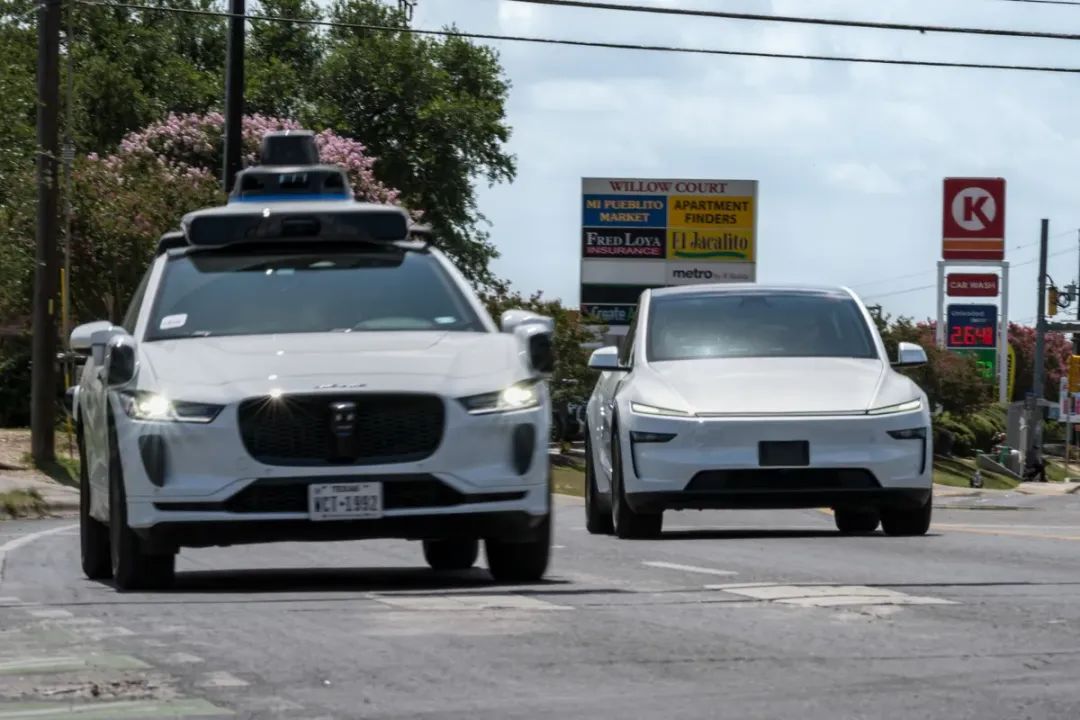
Philip Koopman, a professor of computer engineering and an autonomous driving technology expert at Carnegie Mellon University, stated that given Tesla's reliance on an artificial intelligence strategy, the challenge lies in training autonomous taxis to handle complex traffic "corner cases." This could take many years.
"Look how long it took Waymo," Koopman observed. "There's no reason to believe Tesla will be faster."
So, what do you think? Feel free to leave your comments and join the discussion. >>>>>>

